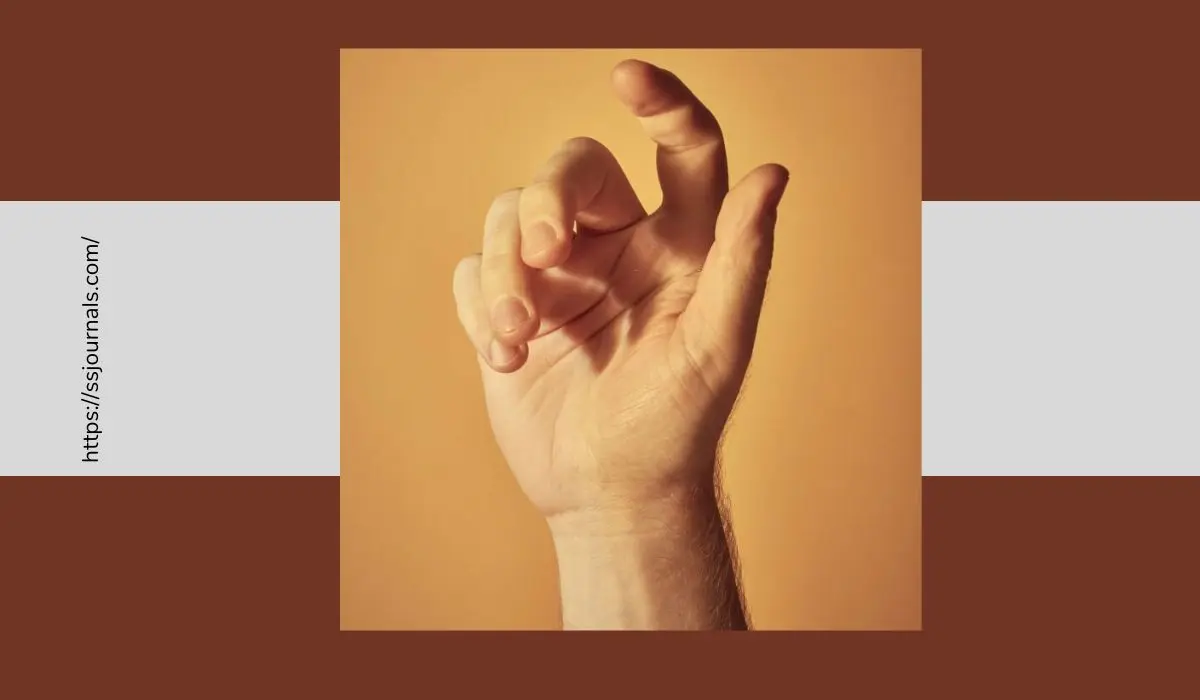Trigger finger, also known as stenosing tenosynovitis, is a painful condition where the finger gets stuck in a bent position and pops or snaps when straightened. It is caused by inflammation in the tendon sheath that restricts normal movement of the tendons in the fingers. While rest, medication, and splinting help, doing targeted exercises can also be beneficial for reducing pain and stiffness associated with the trigger finger.
This article explores trigger finger exercises and stretches to improve the range of motion and help regain the normal function of the affected fingers
Benefits Of Exercises For Trigger Finger

Some of the benefits of properly performed exercises for trigger finger include:
Simple daily exercises can yield noticeable improvements in trigger finger symptoms when done regularly.
Effective Trigger Finger Exercises And Stretches
Here are some of the best exercises and stretches to include in your regimen for trigger finger:
Active finger bending and straightening
Gently bend and straighten each affected finger 10 times, holding the stretch for 10 seconds.
Passive finger stretching
Use your unaffected hand to gently bend back each sore finger until you feel the stretch. Hold for 20 seconds.
Fist clenching and releasing
Open and close your hand in a fist 10 times, then clench the fist for 5 seconds.
Wrist flexions
With your forearm flat, bend your wrist up and down slowly 10 times.
Wrist circles
Rotate your wrist clockwise and counter-clockwise 10 times each.
Towel squeezes
Squeeze a rolled-up towel tightly with your fingers for 5 seconds, then release. Repeat 10 times.
It is important to do these exercises gently without forcing the motion to avoid further injury. Apply ice afterward to manage residual soreness and swelling.
Also Check: Early Signs Of Rheumatoid Arthritis: Is It Just Aches Or More?
Lifestyle Modifications Alongside Exercises
While trigger finger exercises help strengthen the hands, it is crucial to also rest the affected fingers to allow for tissue healing. Wearing a splint and avoiding repetitive gripping and pinching can complement an exercise regimen.
Anti-inflammatory medications, cortisone injections, and surgery may be necessary in severe, unresponsive cases. Consulting an occupational hand therapist can guide optimal and safe exercises tailored to an individual’s needs.
Conclusion
When performed properly alongside other treatments, targeted exercises, and stretches can aid recovery from trigger finger. Aim for a gentle, gradual range of motion exercises up to several times daily alongside plenty of rest for optimal results. Consistency is key, but don’t overdo it. Surgery may still be necessary in stubborn cases. Work closely with your doctor or therapist to create the right exercise regimen for your trigger finger.
FAQs
Aim for 2-3 sessions of stretches and exercises daily. Going too hard and too fast can aggravate symptoms.
Improvements in flexibility and function may be apparent within a few weeks. However, the complete resolution of the trigger finger can take several months with consistent exercise.
Some useful tools include therapy putty, finger exercisers, silicone tubing, and stress balls to improve finger strength and dexterity.
It is important to rest the affected finger and limit repetitive motions during daily activities to allow the exercises to work. Using a splint helps immobilize the finger.
Discomfort is expected, but stop an exercise if the pain becomes sharper, persistent or intolerable. Some soreness afterward is normal.

